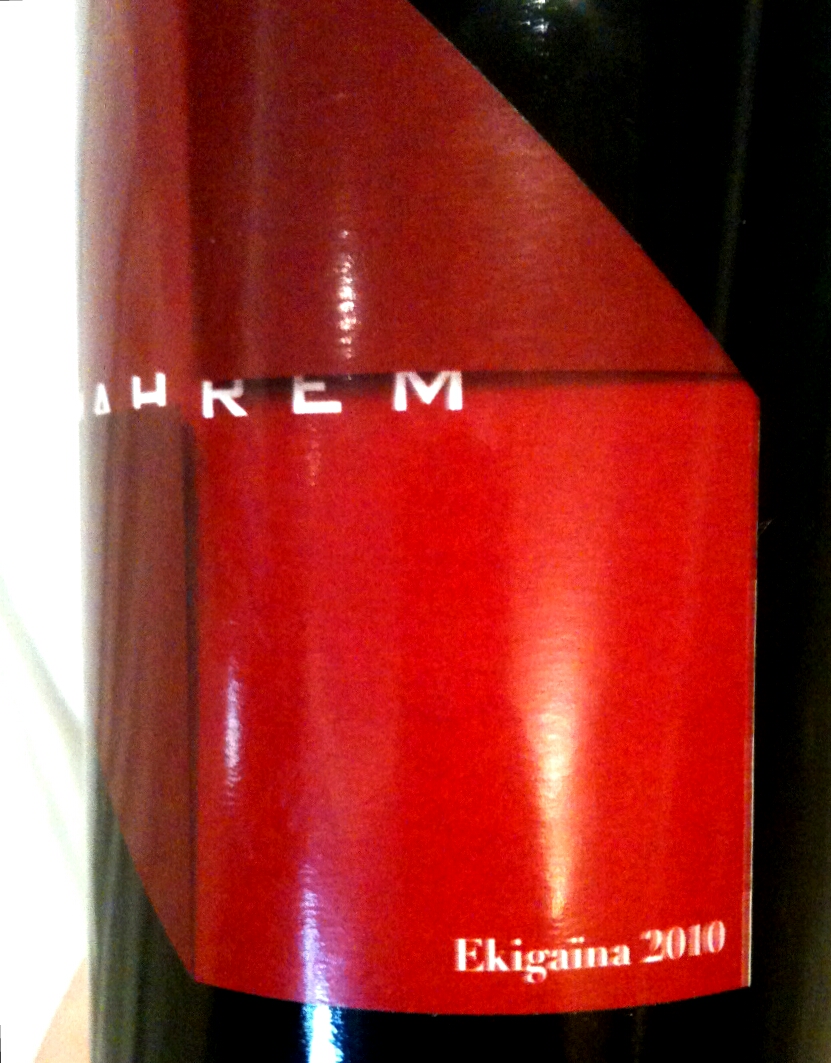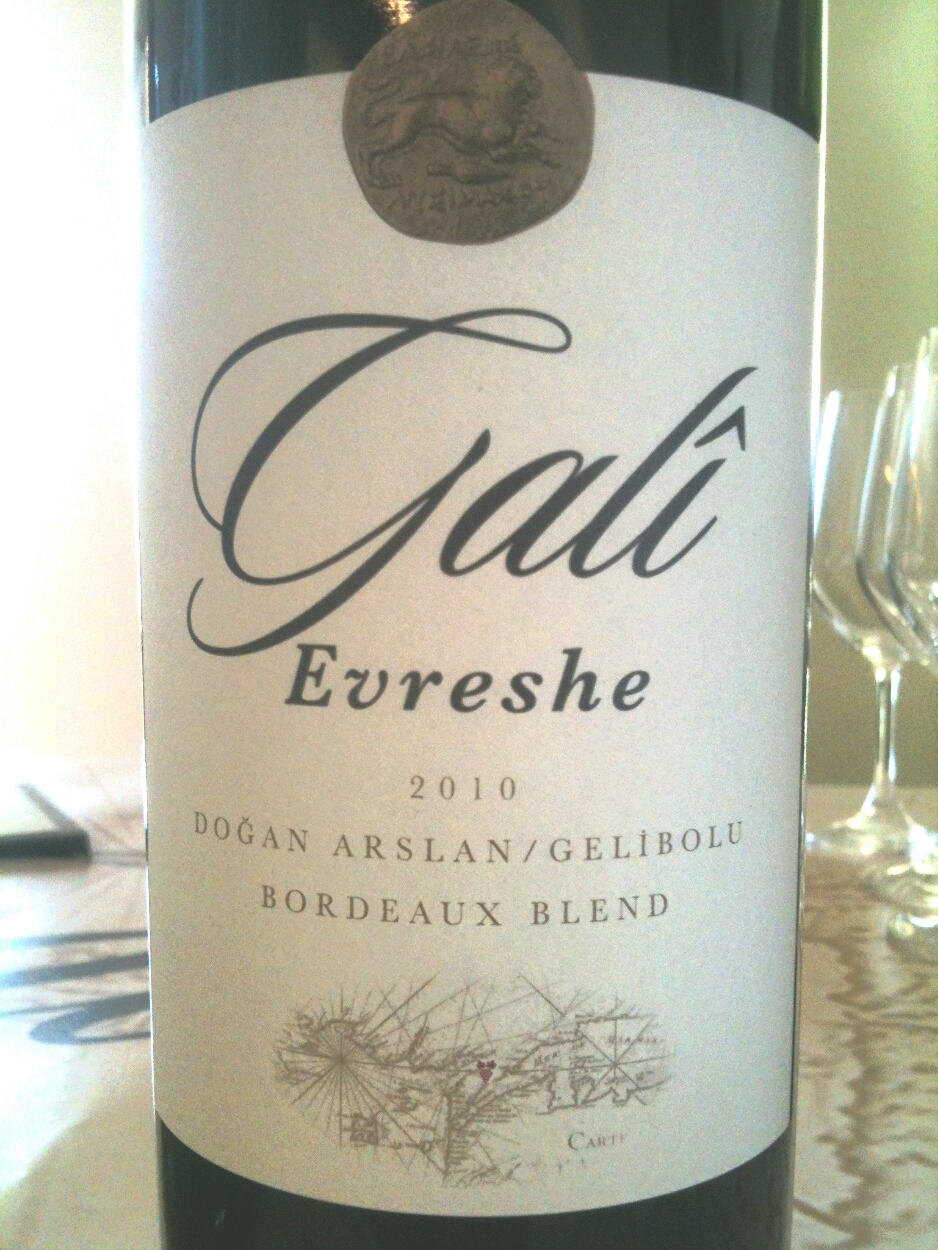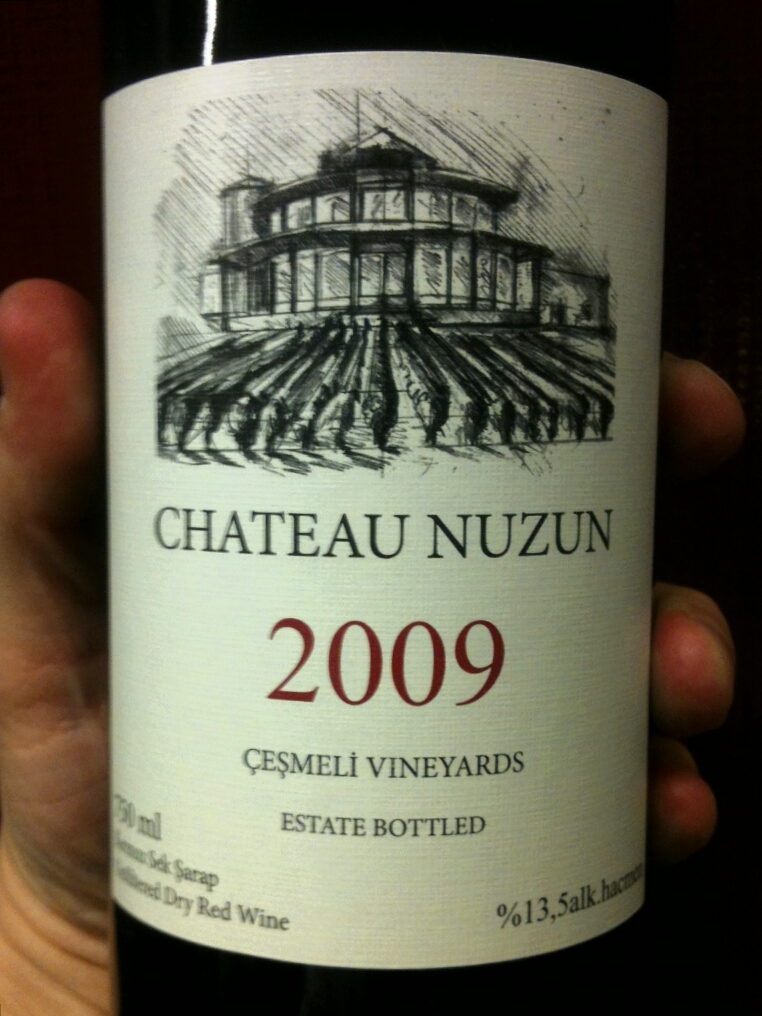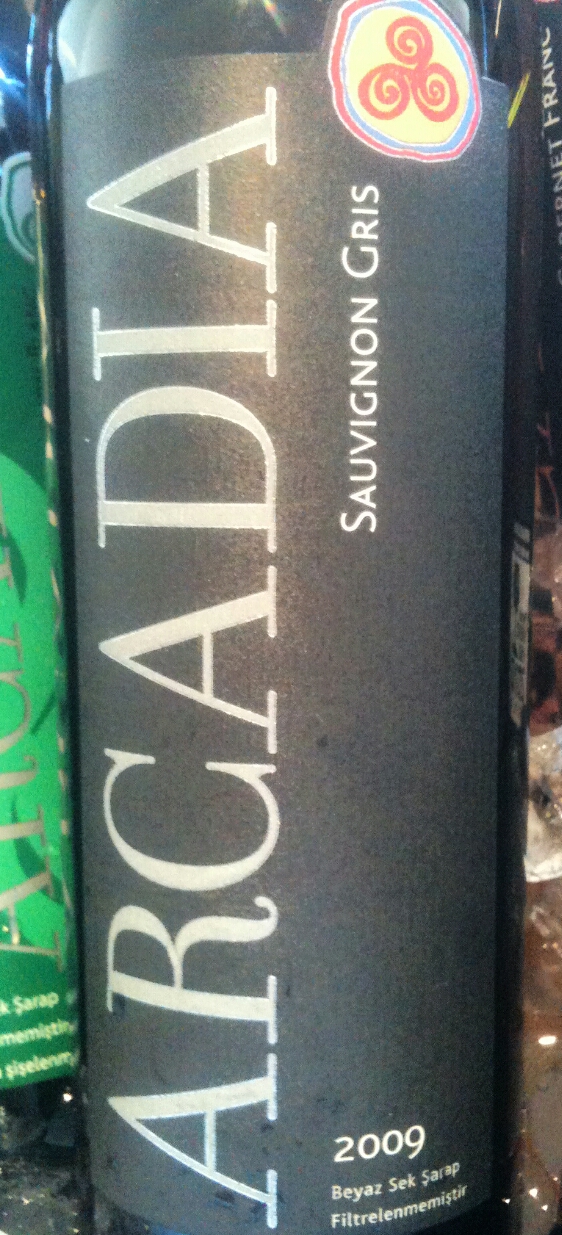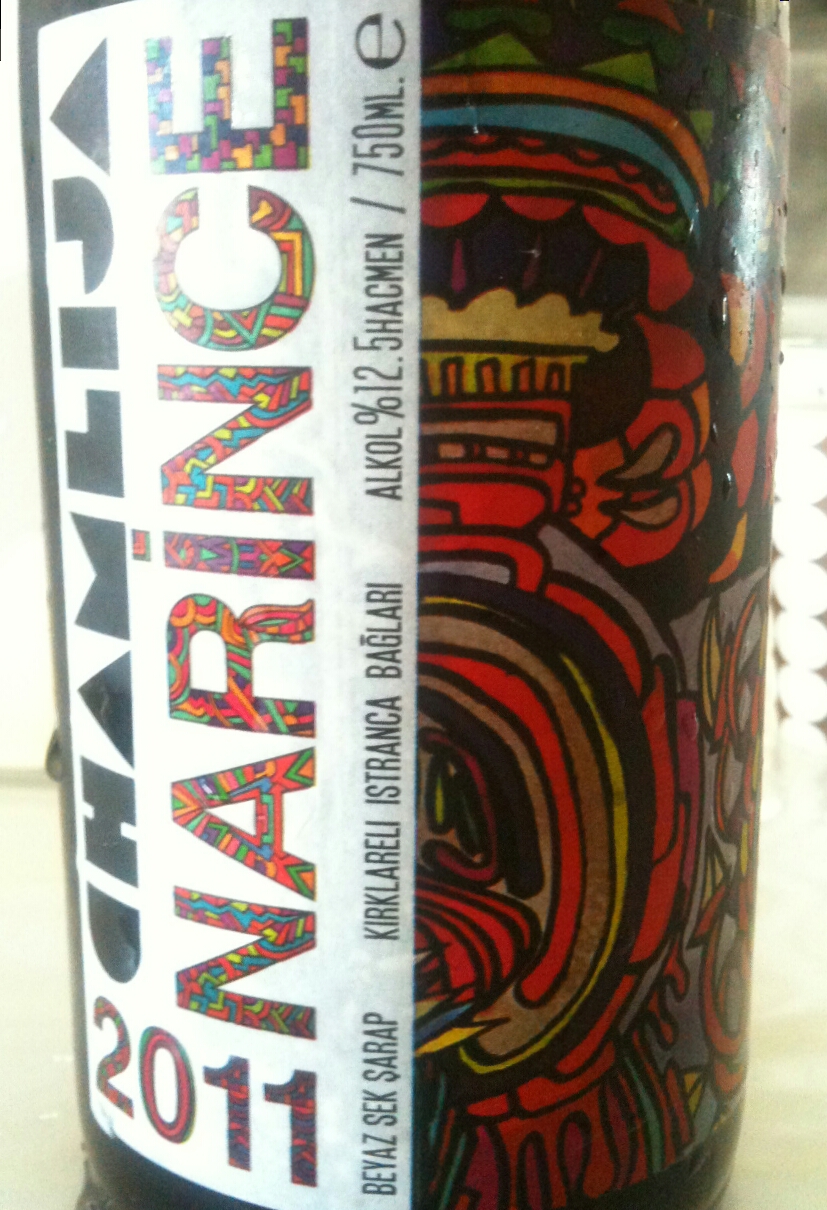Turkish wine: the boutique wineries
Posted on 19 November 2012
The big players in Turkey do make some excellent wines but few would argue the real excitement today is with the boutique wineries. These private operations have emerged in the last 15 years to make Turkey a fast-improving nation and have had the same effect as e.g. Croatia or Greece.
Now ‘boutique’ is a somewhat vague term in itself and nowhere is it vaguer than in Turkey. I have heard wineries self-define themselves as boutique ranging from a few hectares of vineyards to 120 ha. Even the latter didn’t agree to be termed ‘large’ (well compared to Kavaklıdere they indeed aren’t). I guess there’s a degree of romance associated with the term boutique, but these wineries are a very varied bunch.
One pattern that seems to be emerging is that the boutique wineries are concentrated in the Aegean west and Thracian / European north-west of Turkey. These are the more urban and also more touristic parts of the country, but one consequence is that there is less focus on indigenous varieties (whose cradle is often in central or eastern Turkey). In fact the small wineries grow a very catholic selection of grapes. One of my more impressive tastings was at Mozaik, where the main grape alongside Syrah and Petit Verdot is Tannat, a rather unexpected import but one that in the 2010 vintage produced a balanced, sensual wine that happily avoids the oak excesses which are marring many of Turkey’s top wines. But even more surprisingly there is a 100% varietal red wine made of Ekigaina, a recent Basque crossing of Tannat with Cabernet Sauvignon. And a very good wine it is (2010 vintage), fleshy, ripe and rich with again good oak integration and polished tannins.
Apart from locals Öküzgözü and Boğazkere, as well as numerous attempts at Syrah, Merlot and Cabernet Sauvignon are clearly the leading red grapes in Turkey. I’m usually rather lukewarm about both, and certainly even more so in hot Mediterranean climes where they so often become flabby and fat. The Galî winery in Geliboli (Gallipoli) proves that this needn’t be the case. The flagship 2009 Galî is a Bordeaux blend as serious as you’re gonna get 3000km from Bordeaux, in need of long bottle ageing but polished and refined. For drinking sooner I was very impressed by the Merlot-driven 2010 Evreshe, a second vin in concept but grandly proportioned and layered. It was worth struggling through 20 mediocre Merlots elsewhere to taste this brilliant wine (and great value too at 38L).
Château Nuzun is also making some very serious Bordeaux blends in Tekirdağ on the Marmara Sea, with the 2009 Château very young and tight but clearly in my top 5 red wines of this trip, and I also enjoyed the Rhône-like 2010 Syrah with its layers of rich black fruits and peppery spice.
On the white wine front two wines that I’ll remember were again from Arcadia have some cracking wines blending Sauvignon Blanc, Pinot Gris and the more rarely seen Sauvignon Gris, with the varietal 2009 Sauvignon Gris perhaps the most exciting of this series with its mix of pithy crispness and Oriental spice. These are not wines you’d easily identify as Turkish if tasted blind but they are vibrant and energising. In a richer, oak-based style, I really liked the 2011 Roussanne–Marsanne from Suvla. It would be nice, however, to see more serious work being done with indigenous Turkish varieties, such as the mineral, complex, aromatic 2011 Narince from Chamlija.
These are just of the best Turkish picks from three days of tasting. I’ll cover the one estate that impressed the most, Paşaeli in a separate post shortly.
Disclosure
I attended the 2012 European Wine Bloggers’ Conference in Izmir, Turkey thanks to a scholarship won from the EWBC Scholarships.


